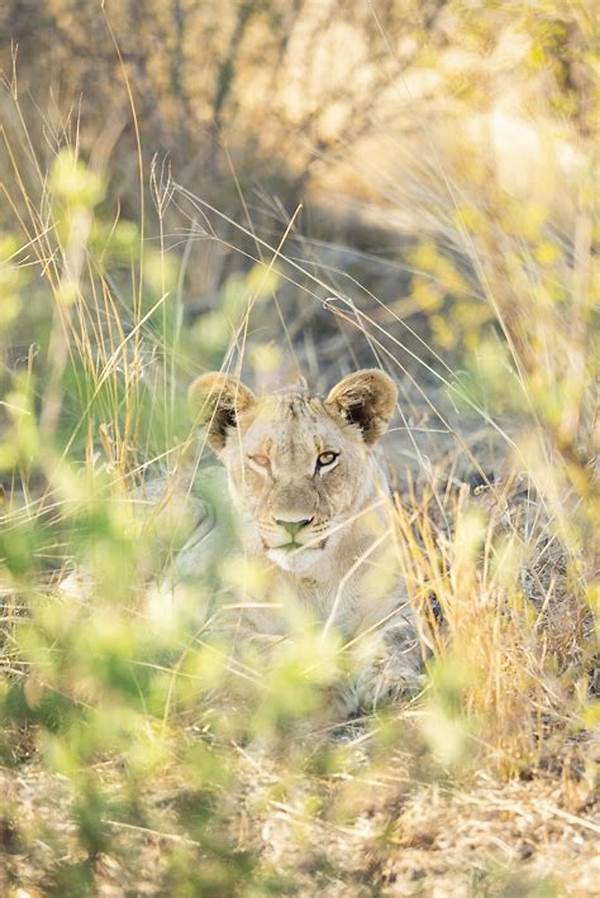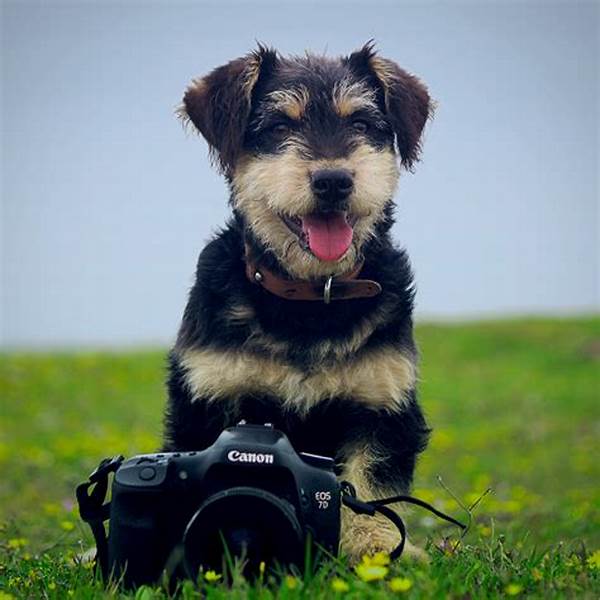Hey there, fellow photography enthusiasts! Today, we’re diving into a topic that can truly elevate your wildlife photos from ordinary to extraordinary. We’re talking about foreground interest in wildlife photos—a technique that adds depth, context, and a dash of magic to your images. Ready to explore the wild world of foreground interest? Let’s get started!
Read Now : Empowering Before/after Photograph Showcases
Why Foreground Interest Makes Your Wildlife Photos Pop
So, what’s the big deal about foreground interest in wildlife photos, you ask? Well, imagine snapping a picture of a majestic lion lounging lazily under a tree, but there’s also this cool textural grass or a quirky rock right in front. That, my friend, is foreground interest! It’s all about adding an extra layer to your photo, making viewers feel like they’re right there in the wilderness with you.
Firstly, let’s talk about how it creates depth. When you include elements in the foreground, it tricks our eyes into seeing the image in layers. Think of it like a cake with multiple tiers, and who doesn’t love cake? This layering effect pulls your viewer through the image, leading them on a visual journey from the foreground to the animal subject in the background.
Secondly, foreground interest in wildlife photos provides context. A giraffe peeping through lush greenery or an eagle perched on a rustic log tells a more compelling story than a standalone portrait. It makes your shot not just about the animal but about its environment too. By adding these intriguing elements, you illustrate the narrative of the wild, painting a fuller picture for your audience’s imagination.
Simple Tips to Nail Foreground Interest in Wildlife Photos
1. Use natural elements like rocks or foliage to add layers.
2. Experiment with angles to make the foreground complement the subject.
3. Incorporate leading lines to draw attention deeper into the frame.
4. Choose elements that tell a story or add context.
5. Use a wide aperture to beautifully blur the background while keeping the subject sharp.
Capturing Foreground Interest: Gear Up and Get Creative
Ready to tackle the great outdoors and capture that perfect shot? When it comes to foreground interest in wildlife photos, having the right gear can make all the difference. Consider using a wide-angle lens—it’s your trusty companion for capturing expansive scenery while incorporating intriguing foreground elements.
What about settings? Keep your aperture wide open if you want to blur backgrounds and make both the foreground elements and the main subject stand out. Alternatively, crank up that f-stop for an image where every single pebble and leaf is in perfect focus. It’s all about playing with your gear and settings to get the vibe you’re after.
Lastly, get playful! The beauty of photography—and especially wildlife photography—is that it’s a mix of patience, timing, and a touch of spontaneity. Don’t be afraid to crouch down, lie on the ground, or shoot through a bush to get that unique shot. With foreground interest in wildlife photos, sometimes, it’s the unexpected that captures the heart of the scene.
Ten Essentials for Foreground Interest in Wildlife Photos
1. Contrast: Merge textures like smooth water against rugged terrain.
2. Colors: Use vibrant colors in the foreground to draw the eye.
3. Shapes: Incorporate unique shapes for visual intrigue.
4. Reflections: Capture mirrored images in water for artistic flair.
Read Now : Optimized Content Categorization Processes
5. Action: Include movement, like swaying branches or rippling water.
6. Scale: Use foreground objects to accentuate the size of wildlife.
7. Lighting: Play with shadows and light to highlight your subject.
8. Patterns: Look for repeating patterns that lead to your subject.
9. Simplicity: Sometimes a simple rock or branch enhances depth.
10. Frame: Use natural elements to frame your wildlife subject beautifully.
Dive Deeper: The Magic of Foreground Interest in Wildlife Photos
Alright, wildlife photographers, let’s break this down even further. Have you ever noticed how some photos have this magical quality that seems to invite you in, almost like you can hear the rustle of leaves or the gentle splashes of a pond? That’s the charm of foreground interest in wildlife photos. It’s an invitation to experience nature, not just see it.
The real power of foreground interest in wildlife photos lies in its ability to transform a static image into a dynamic story. Consider a photograph of a shy deer peeking through the dense underbrush. The leaves in the foreground aren’t just decorative; they create a sense of discovery and surprise, as if you’ve stumbled upon a hidden moment in the animal kingdom. This strategy is not just about photographic technique; it’s about storytelling and emotional engagement.
Getting Personal with Foreground Interest
Yo, so you’re thinking about sprinkling that little magic touch on your wildlife snaps, huh? Foreground interest in wildlife photos might just be your golden ticket. Imagine this: wild beasts doing their thing, but then bam! You got some cool rock or sleek water ripples right upfront setting the scene. It’s like giving your images a personal VIP pass to visual awesomeness. Real talk, these small details can make your pic pop, giving it that edge to stand out from the rest on social media.
The dope thing about foreground interest in wildlife photos is that it doesn’t just look cool—it makes viewers feel some type of way. Suddenly, they’re dreaming they’re on a safari or trekking through a lush jungle, ready to discover the wonders our planet has to offer. So next time you’re out there with your camera, keep an eye out for those little scene-stealers that add drama, depth, and the perfect little something-something to your shots. Word!
Wrapping It Up: Foreground Interest in Wildlife Photos
Let’s wrap it up, friends! Incorporating foreground interest in wildlife photos is all about creativity and perspective. It’s about transforming everyday snapshots into compelling narratives, where every blade of grass or textured rock adds another fascinating layer to the tale. This technique not only highlights your wildlife subject but also gives context to its surroundings, bringing the story full circle.
Remember, experimentation is key. Embrace the freedom to play with angles, light, and settings to uncover how different foreground elements can change the mood and feel of your photos. The next time you’re out chasing that perfect wildlife shot, take a moment to observe the little things in front of you. Who knows? That overlooked log or patch of wildflowers might just be the secret ingredient to an unforgettable wildlife masterpiece. Here’s to capturing the wild, one click at a time!



